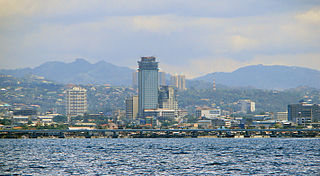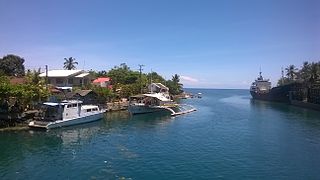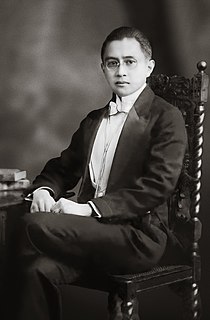History

VECO was founded in 1905 by a group of Cebu businessmen led by Messrs. M. Levering, A. Bryan, R. Landon and A. Pond. It started with an 800 kW generating facility by the Cebu pier. By 1918 the Escaño family's Vda. é Hijos de F. Escaño, Inc. (Widow and Children of F. Escaño, Inc.) had acquired control and began expanding both the generation capacity and the distribution network. [1] [2] [3]
In 1919, under the Escaño family, VECO was reorganised and purchased two 250hp gas engines to replace the company's single 300hp steam engine. The development allowed for greater generation capacity and was publicly promoted increasing the company's clientele. The rapid increase in need and accessibility of electricity in the early 20th Century resulted in the two engines being overpowered by 1925. That same year, a Swedish Polar Atlas (Now Atlas Copco) 500hp diesel engine was added to accommodate the increasing usage. By 1929, a fourth engine, a newer model of the existing Polar Atlas diesel engine was added, boasting 550hp. [3]
In 1929, Don Gabriel A. Daza, the then Supervising Engineer and Assistant General Manager of the Company, sought to expand VECO's business outside of the City of Cebu. Daza went to Philippine Legislature in Manila to work on a new franchise. The Legislature approved the franchise in 1931, and VECO was given a 50 year authorisation to operate North and South of Cebu over 60km including: Mandaue, Consolacion, Liloan and Compostela, North of Cebu; and Talisay, Minglanilla, Naga, San Fernando and Danao. Daza's expansion of VECO resulted in the installation of a fifth engine, a Swiss Sulzer-Unternehmungen AG Winterthur Internal Combustion engine, boasting 1,500hp. In 1933, VECO produced 3,815,270KWH. [3]
In 1938, VECO had 10,000~ customers and owned subsidiary plants in: Bogo, Cebu; Dumaguete, Central Visayas; and Dipolog, Zamboanga. [3]
In the 1930s, with the success of Daza's expansion, VECO rewarded its employees by developed a company club house for the improved mind, health, living conditions and efficiency of its personnel. The clubhouse featured a free medical treatment and medicines. Its amenities included a modern tennis court, bowling alley, library, gymnasium, billiards and ping-pong. The company also established a 5-year's of service bonus. [3]
During the Second World War the United States Armed Forces in the Far East (USAFFE) bombed all the generation units in order to deprive the occupying Japanese forces control of the network. In December 1945, with the war over, VECO was back in business delivering power to its customers. [4]














